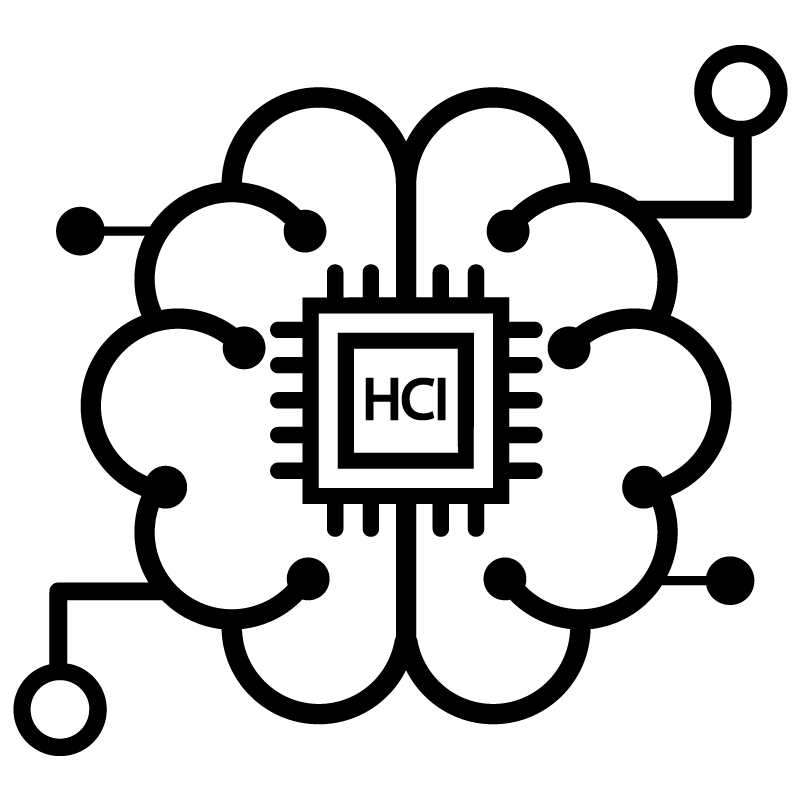Wear UV
Wear UV is a prototype to help blind people monitor their exposure to ultraviolet rays through a wearable device that can measure and inform the person about the amount of radiation they have received.
Overview
Wear UV was designed in 2020 as a final project for the Development of Medical Devices course at the Universidad Politécnica de Madrid (Polytechnical University of Madrid), Spain. The objective of the course was to teach us about medical devices, their principles, standards, and design. For this project, we decided to find a way to reduce the ultraviolet radiation that people could receive, which is one of the main causes of melanoma.
The device consisted of two main components; a smartphone app and a wristband. The wristband measured UV exposure and sent that data to the app, which alerted the user when maximum UV exposure levels were exceeded.
Contributions
The concept of the bracelet was to design something like a smartwatch with different components like a microcontroller, a UV sensor, a Bluetooth communication model, and an internal memory.
I was in charge of selecting the best component for the test concept; we used an Arduino Nano 33 with BLE, connected to a UV Sensor (VEML6075)
I designed the app, which used Artificial Intelligence and the camera of the smartphone to take a picture of the skin of the person and classify it using the Fitzpatrick Scale. The bracelet sent data every 10 minutes to calculate how much radiation the person had received. The Fitzpatrick Scale gave us the maximum healthy levels of radiation that a person should receive.
Once the person exceeded this limit of UV radiation, the idea was to activate sound, vibration, and virtual alerts for the user.
The app has a voice-control feature that works with the accessibility services of smartphones to improve the experience.
Results
We got a 10/10 on the project presentation
The project was developed by Alba Roquero, Ruben Díaz, Alberto Morales, Pablo Rodríguez, and Daniel Vargas.



